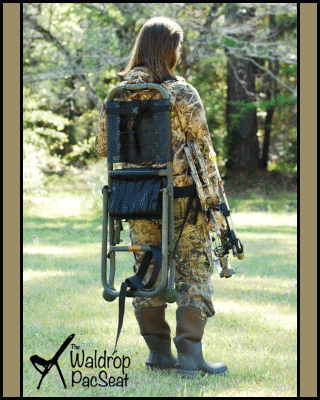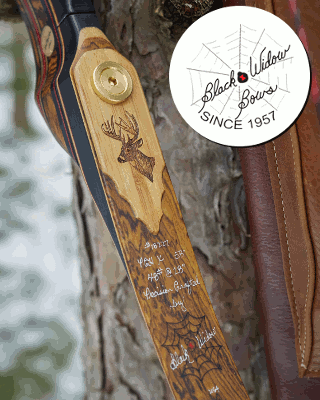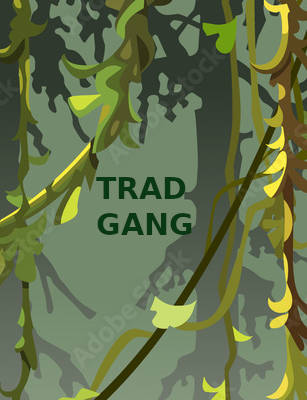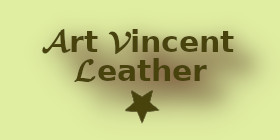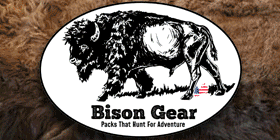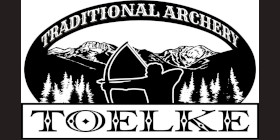Thought some of you may be intrigued by this:[MY EDIT: This summary comes from an article, "North American Wildlife Conservation Model" by Eric Aldrich- quoting the model as demonstrated by Valerius Geist]
1.Wildlife is a public resource. This is a notion that dates back to the Bible, in legal codes of ancient Rome. A wild animal was owned by no one until it was physically possessed. The concept was solidified in the Unites States to the extent that wildlife was held in common ownership by the state for the benefit of all people. And it has withstood tests in the U.S. courts.
2. Markets for trade in wildlife were eliminated. Making it illegal to buy and sell meat and parts of game and nongame species removed a huge threat to sustaining those species. At the same time, however, allowing markets for furbearers has helped managed them as a sustainable resource, in conjunction with restrictive regulations, and advocacy of trappers for land stewardship.
3. Allocation of wildlife by law. States allocate surplus wildlife by law, not by market pressures, land ownership or special privilege. The public gets a say in how wildlife resources are allocated; the process fosters public involvement in managing wildlife
4. Wildlife can only be killed for a legitimate purpose. The law prohibits killing wildlife for frivolous reasons. Under the "Code of the Sportsman," hunters use as much as they can. The harvest of wild animals must serve a practical purpose if society is going to accept it.
5. Wildlife species are considered an international resource. Some species, such as migratory birds, transcend boundaries and one country's management can easily affect a species in another country.
6. Science is the proper tool for discharge of wildlife policy. This is a key concept of wildlife management. It has its roots in the Prussian Forestry System, arising in this country as the basis of wildlife management by the convincing forcefulness of Theodore Roosevelt and Aldo Leopold. By spawning the profession of wildlife management, North Americans were decades ahead of their global neighbors.
7. The democracy of hunting. In the European model, wildlife was allocated by land ownership and privilege. In North America, anyone in good standing can participate.

